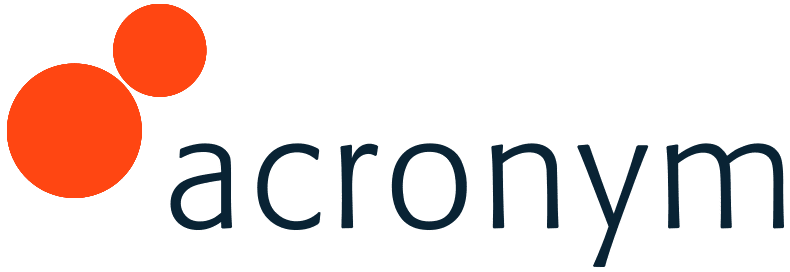 Overview
Overview
Sitelinks are links shown below some of Google’s search results which help users navigate through a website, by finding a pathway to other important and useful pages.

How Can I Get Sitelinks?
There is no magical way to get site links to appear for your site. Sitelinks are completely automated, but here are some best practices to improve the chances of your site’s links getting displayed in the SERPs.
- Google likes a good internal linking structure. If you have a good internal linking structure and it is easy for end users to find the information they are looking for, your chances of getting sitelinks will improve.
- It is also recommended that you use anchor text and alt text that’s informative, compact, and avoids repetition, as per Google.
- Brands should always focus on creating high quality, relevant, and useful content.
- Webmasters should always allow Google to crawl and index important pages within your site. If you’re unsure if Google has indexed some of the pages, you can use the fetch and render function in Google Search Console to check that the pages are indexed and rendered properly.
If you need to remove a page from Google, consider using a “noindex” Meta tag or block out the page in the robots.txt file. Keep in mind that this will allow the page to not show up in the Search Results pages.
Can I Remove Sitelinks?
The short answer is, not anymore. Google used to allow webmasters to demote site links that displayed a specific URL to not show up as a sitelink, but this has recently changed.
Why the Change?
Google is all about user experience. They have made some tweaks to their algorithm and have gotten a lot better at finding, creating, and showing relevant site links. That is why they have stopped allowing webmasters to demote links.
The search engine giant remains committed to giving users the best possible answers to their search queries as quickly and easily as possible. Google does this by trying to understand a given user’s intent based on semantics of the search query (which words, what order, etc.), end user signals, and RankBrain: a machine-learning artificial intelligence system that is used to help process Google’s search results and is also considered Google’s third-most important ranking factor in the Google Search Algorithm.
Another theory is that Google wanted to prevent webmasters from making too many changes to sitelinks that people use habitually. For instance, a regular user may always search Google for CNN and know intuitively that the third sitelink is for CNN Money. Now, if the webmaster changes that and next time the end user clicks the sitelink and it goes to UK News, for instance, that’s a bad experience. Sitelinks were actually developed for usability purposes (get you to the information you want more quickly).
Resources
https://support.google.com/webmasters/answer/47334?hl=en









